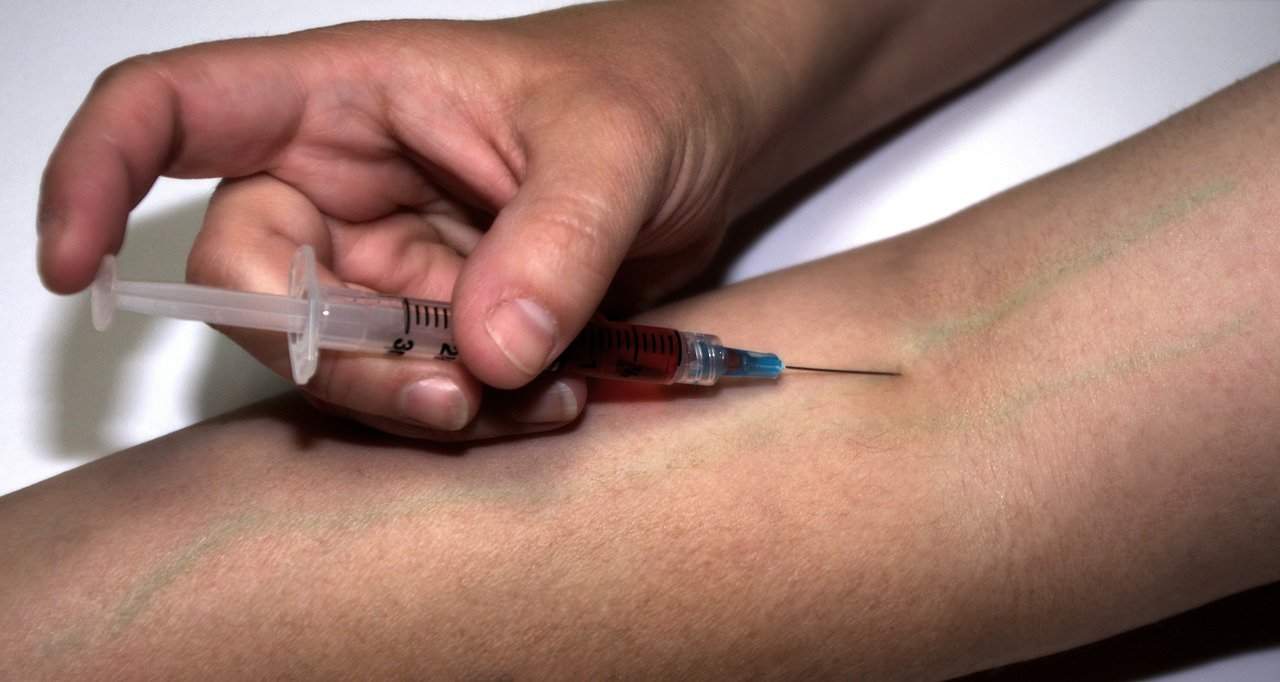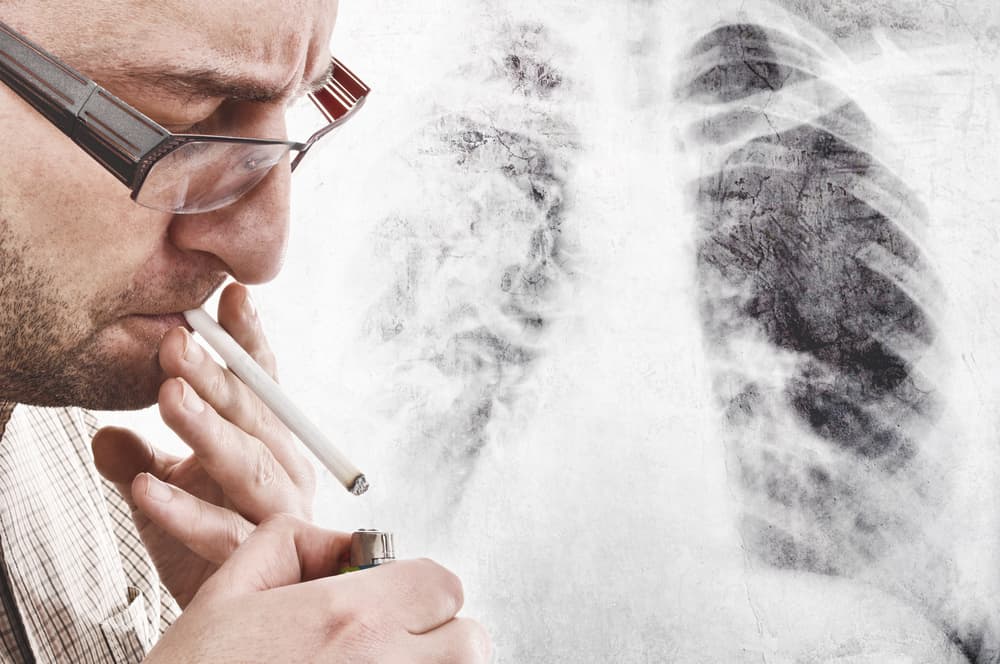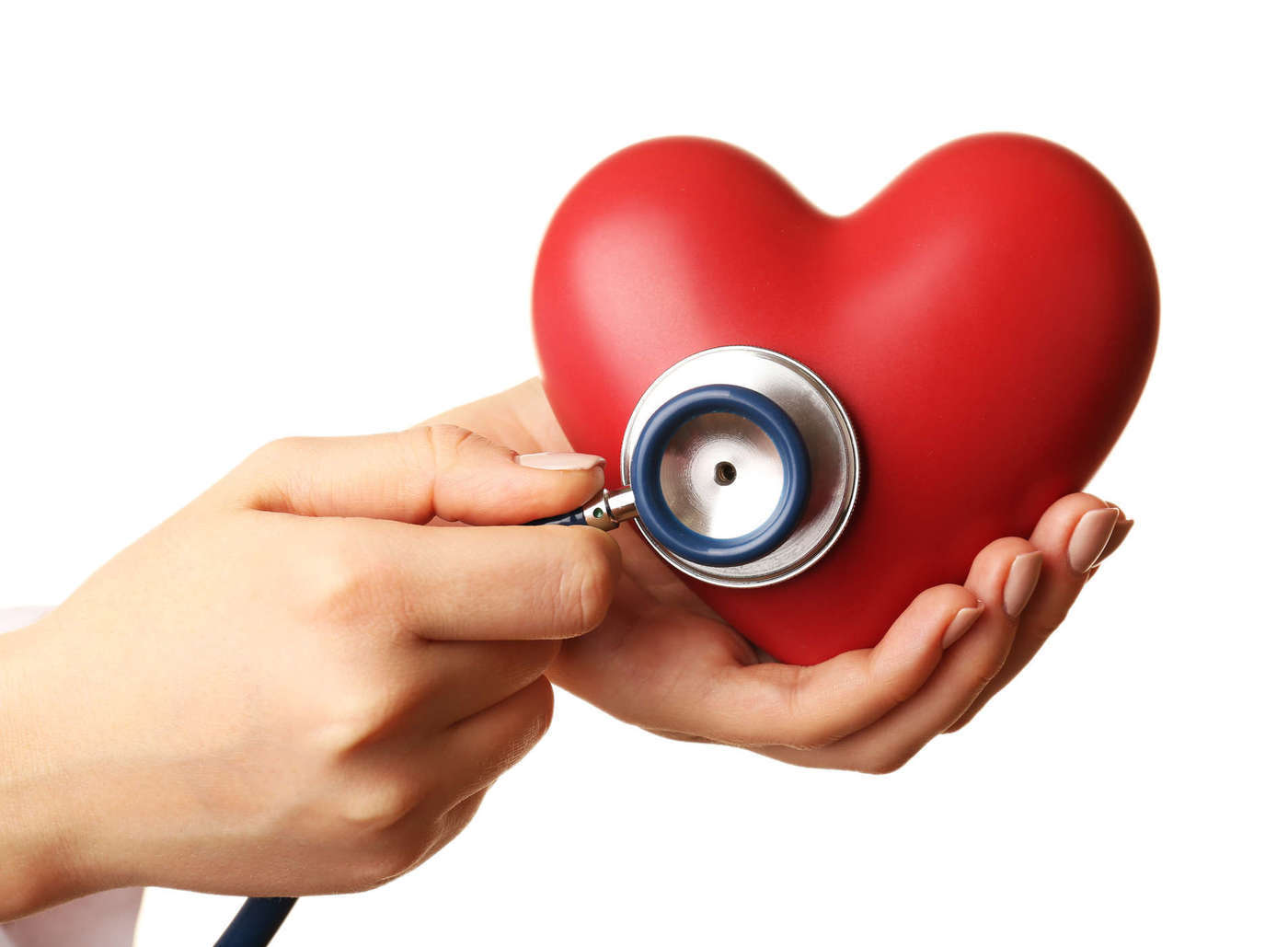Contents:
Medical Video: Assisted Death & The Value of Life: Crash Course Philosophy #45
A 17-year-old teenager from Belgium became the first child to die with euthanasia after the country set new rules in 2014. This step makes Belgium the only country where children of all ages can choose to receive lethal injections, reported from Daily Mail. In its neighboring country, the Netherlands, this practice is still considered illegal for children less than 12 years old (patients aged 12-16 years need approval from parents).
There are many differences in views, opinions, and concepts that have been expressed about euthanasia. While for some people euthanasia is the patient's right to self-determination, for others euthanasia is tantamount to murder, violation of human life, and violation of the human right to life.
What is euthanasia?
Euthanasia is a deliberate act to end the life of someone who is very sick and suffering - which is overwhelmed by unbearable and incurable pain - in a relatively fast and painless way, for humanitarian reasons. This practice can be done either by taking active actions, including giving lethal injections, or by not doing what is needed to keep the patient alive (such as letting the breathing apparatus stop working).
In many cases, the decision to "commit suicide" is made at the request of the patient himself, but there are times when the individual may be too ill helpless, so the decision is made by the family, medical personnel, or in some cases, by the court.
The term euthanasia comes from the Greek word "euthanatos" which means easy death.
Get to know the types of euthanasia
Euthanasia consists in various forms:
- Active euthanasia: someone (health professional) acts directly and actively, intentionally causing the death of the patient - for example, by injecting sedatives in large doses.
- Passive euthanasia: Health professionals do not directly act to end the lives of patients, they only allow patients to die with the absence of medical facilities - for example, stopping or holding treatment options.
- Stop treatment: for example, turning off a machine that keeps someone alive, so they die from their illness.
- Withholding treatment: for example, not carrying out an operation that will prolong life for a short period of time or a Do Not Resuscitate order - the doctor is not needed to awaken the patient if their heart stops and is designed to prevent unnecessary suffering.
- Voluntary euthanasia: occurs at the request of a competent patient. The patient is fully aware of the condition of his illness / has been informed, understands what the future possibilities of the disease are, realizes the benefits and risks associated with treatment options, and can communicate their wishes clearly without anyone's influence, and asks for medical professional help to end his life.
- Non-voluntary euthanasia: occurs when the patient is in a state of unconsciousness or inability to make autonomous choices between life and death (for example, a newborn or someone with low intelligence, a patient in a long coma or experiencing severe brain damage), and a decision made by someone else competent on behalf of patients, may be in accordance with their written inheritance documents, or patients have previously verbally expressed a desire to die. This practice also includes cases where patients are capable and competent children to make decisions mentally and emotionally, but are considered not old enough by law to make life and death decisions, so that others must make decisions on their behalf in the eyes of the law.
- Involuntary euthanasia: aka coercion, occurs when the other party ends a patient's life against their original wishes. For example, even though the patient wants to continue to survive even though he is suffering, his family asks the doctor to end his life. Involuntary euthanasia is almost always considered murder.
Where is euthanasia considered legal to do?
There are several countries where euthanasia is allowed:
- In the Netherlands, euthanasia and suicide assisted by medical personnel (physician-assisted suicide, or PAS) permitted by law, provided that it follows clear legal protocols.
- In Oregon, the United States, PAS is allowed by the state using prescription drugs.
- In Washington DC, United States, doctors are allowed to give lethal injections or accompany PAS by allowing drug overdoses that lead to death in patients who request.
- In Belgium, "killing in the name of medical and compassion" is permitted by law both for competent adults, children, with detailed and clear guidelines that must be followed. Parents must agree with the decision.
- In Switzerland, PAS is allowed, under a law that is active for more than 600 years. Patients, including visitors from other countries, can be helped by members of the Dignitas organization to end their lives.
- For a short time, euthanasia and PAS were permitted in North Australia and seven people ended their lives this way, before the Australian Federal Government overturned the law.
What are the terms and conditions for patients to request an euthanasia procedure?
Basically, the euthanasia procedure can be performed on patients suffering from a terminal disease (the final phase of the disease where the chance of death appears so large that the focus shifts from treatment to cure the disease to providing palliative care / relieving pain). However, the problem does not lie in the definition but in the interpretation of definitions.
In the Netherlands where euthanasia is supported by law, "terminal disease" has a concrete definition, literally meaning "the hope of death is certain". In Oregon, where PAS (physician-assisted suicide) is legal for "terminal cases", but terminals are described as a condition that "in fair judgment, will result in death within six months."
In addition, when viewed from its definition, euthanasia also allows morning patients who suffer severely to request life termination assistance. Research has also shown that seriously ill patients who tend to think of suicide do so not because of their terminal illness, but because of severe depression due to their illness. The 1998 Declaration of the World Federation of Right to Die Societies Zurich states that people "who suffer from crippling misery" are eligible to request suicide assistance. This institution believes that a person does not need to suffer from terminal illness in order to fulfill the requirements to undergo euthanasia or PAS, provided that "his suffering is unbearable".
The definition of "unbearable suffering" is open to interpretation. According to the Dutch Supreme Court, suffering is defined as both physical and psychological misery, while Belgian law states that "patients who request euthanasia must be in a desperate medical situation and continue to suffer physically or psychologically."
Why is euthanasia allowed?
Those who support euthanasia argue that a civilized society must allow people to die in dignity and without pain, and must allow others to help them do it if they cannot manage it themselves.
They say that the body is the prerogative of the owner himself, and we must be allowed to do what we want with our own bodies. So, they assume that seeking a longer life for those who don't want it is wrong. Even make people continue to live when they don't want to violate personal freedom and human rights. Immoral, they say, to force people to continue to live in suffering and pain.
They added that suicide is not a crime, therefore euthanasia does not have to be classified as a crime.
Why do many forbid the implementation of euthanasia?
The argument of the religious body to fight euthanasia is that life is given by God, and only God must decide when to end it.
Others worry that if euthanasia is made legal, the laws governing it will be misused, and people who actually don't really want to die (or can still get further medical help) end their lives.
Euthanasia belongs to Indonesian criminal law
There are no specific laws or government regulations that state the legality of euthanasia in Indonesia to date. However, it is important to understand that formal juridical law in positive law in Indonesia is only known as one form of euthanasia, which is euthanasia carried out at the request of the patient / voluntary euthanasia, which has been clearly stipulated in Article 344 of the Criminal Code:
"Whoever seizes the life of another person at the request of the person who is clearly stated with sincerity is threatened with imprisonment for a maximum of twelve years".
From Article 344 of the Criminal Code, it can be interpreted that the murder at the request of the victim is still threatened by a criminal for the perpetrator. Thus, in the context of positive law in Indonesia, euthanasia is considered a prohibited act. That is, it is not possible to do a "termination of one's life" even at the request of the person himself.
Furthermore, when discussing non-voluntary euthanasia, even though it cannot be qualified as the same euthanasia concept listed in article 344 of the Criminal Code, this method of euthanasia is most likely (or close to) considered ordinary murder (article 338 of the Criminal Code), premeditated murder ( Article 340 of the Criminal Code), maltreatment with hazardous materials (Article 356 [3] KHUP), or negligence which leads to death (Article 304 and Article 306 [2]).
Thus, this medical action is still classified as a criminal offense.
The option you have when suffering from terminal illness
If you are nearing the end of your life, you have the right to good palliative care - to control pain and other symptoms - as well as psychological, social and spiritual support. You also have the right to have a voice in the care you receive at this stage.
If you know that your ability to approve your life decisions may be affected in the future, you can arrange a decision that is legally binding, assisted by your legal team. This advance decision is to establish procedures and treatments that you agree to and which you do not approve. This means that health professionals who are responsible for you cannot do certain procedures or treatment against your wishes.
READ ALSO:
- Adrenoleukodystrophy (ALD), a Disabling Rare Disease
- The Solar Kids phenomenon: Active during the day, 'paralyzed' at night
- Differences in How to Detect Heart Disease in Men and Women












